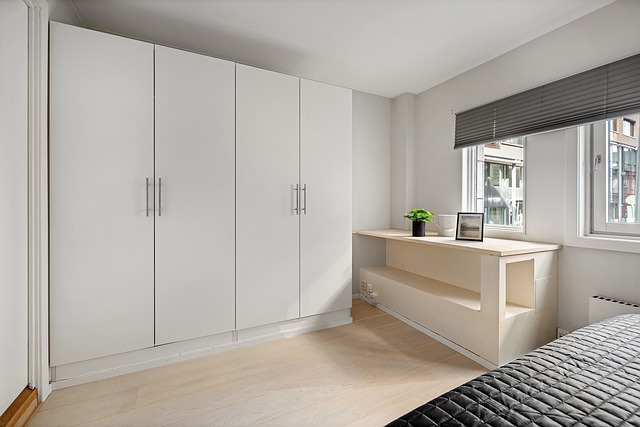navigating the complexities of real estate in Singapore, prospective investors must consider the multifaceted challenges and risks associated with buying a second property. This comprehensive guide delves into the legal framework, financial implications, and market dynamics influencing such investments. From understanding the Additional Buyer’s Stamp Duty (ABSD) to evaluating resale versus new properties, potential investors will gain insights into rental yields, tenancy considerations, and long-term investment analysis. Each section is crafted to equip readers with the knowledge necessary for informed second property purchases within Singapore’s competitive landscape.
- Understanding the Legal Framework for Owning a Second Property in Singapore
- Assessing the Financial Implications of a Second Property Purchase
- The Impact of Additional Buyer's Stamp Duty (ABSD) on Second Property Investments
- Navigating the Competitive Real Estate Market in Singapore
- Evaluating Resale vs. New Property Purchases for a Second Home
- Potential Rental Yields and Tenancy Considerations
- Long-Term Investment Analysis and Risks Associated with Owning a Second Property
Understanding the Legal Framework for Owning a Second Property in Singapore
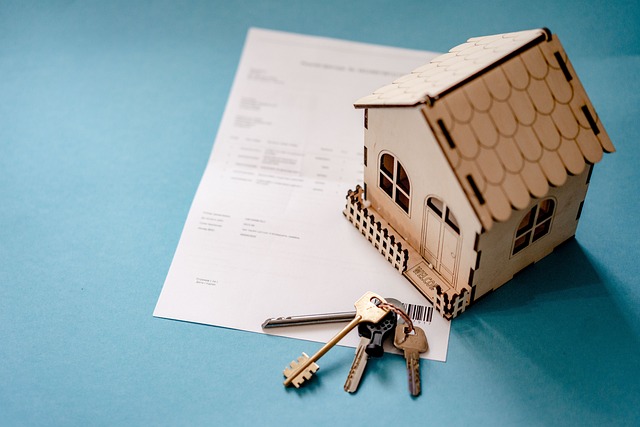
In Singapore, the legal framework governing the purchase of a second property is structured to balance market stability with the rights of individuals to invest and own residential properties. Prospective buyers must navigate the legal requirements set forth by the Accounting and Corporate Regulatory Authority (ACRA) and the requirements of the Singapore Land Authority (SLA). The Additional Property Scheme (APS) is a key component of this framework, dictating eligibility for property owners to acquire a second property. This scheme stipulates that only Singapore citizens are allowed to own more than one residential property without restriction. Permanent Residents (PRs) and foreigners, however, can purchase a second property under certain conditions, such as selling their existing property within a set period before acquiring a new one. Furthermore, the Total Debt Servicing Ratio (TDSR) framework is another legal parameter that ensures buyers’ ability to service their loans is not overstretched, thus safeguarding against potential financial risks associated with owning multiple properties.
Buyers should also be cognizant of the Abandoned Properties Act and the Strata Titles Boards Act, which provide mechanisms for dealing with uncompleted properties and disputes related to strata titled properties respectively. Additionally, the Inland Revenue Authority of Singapore (IRAS) has specific tax implications for property owners, which must be considered when acquiring a second property. These include Stamp Duty (SD) and Annual Tax on Immovable Property (ATIP), which can affect the financial viability of owning additional properties. Understanding these legal aspects is crucial for anyone looking to buy a second property in Singapore, as non-compliance can lead to penalties or the inability to purchase or sell property in the future. It is advisable for potential buyers to seek professional advice and conduct thorough due diligence to navigate this complex legal landscape effectively.
Assessing the Financial Implications of a Second Property Purchase
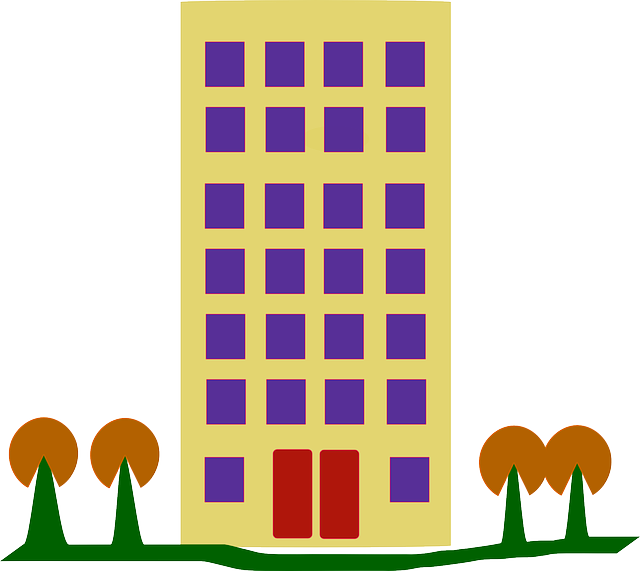
When considering the acquisition of a second property in Singapore, potential buyers must meticulously evaluate the financial implications associated with such an investment. The initial step involves assessing one’s current financial health to determine if the additional mortgage can be accommodated comfortably within the existing budget. Prospective buyers should scrutinize their income sources and stability, along with their existing debt obligations. It is imperative to account for all related costs, including loan interest rates, property taxes, maintenance fees, and potential fluctuations in property values over time.
Moreover, the economic landscape of Singapore’s real estate market must be understood. The Total Debt Servicing Ratio (TDSR) and Mortgage Servicing Ratio (MSR) frameworks are critical in gauging one’s ability to service multiple types of loans. These ratios protect borrowers from over-leveraging by stipulating that a buyer’s monthly debt payments should not exceed a certain percentage of their monthly income. Additionally, potential buyers must factor in additional costs such as stamp duty, legal fees, and renovation expenses. A prudent approach involves consulting with financial advisors or real estate experts who can offer tailored advice based on the buyer’s specific financial situation. This due diligence is essential for navigating the complexities of owning multiple properties within Singapore’s property market.
The Impact of Additional Buyer's Stamp Duty (ABSD) on Second Property Investments

Navigating the Competitive Real Estate Market in Singapore
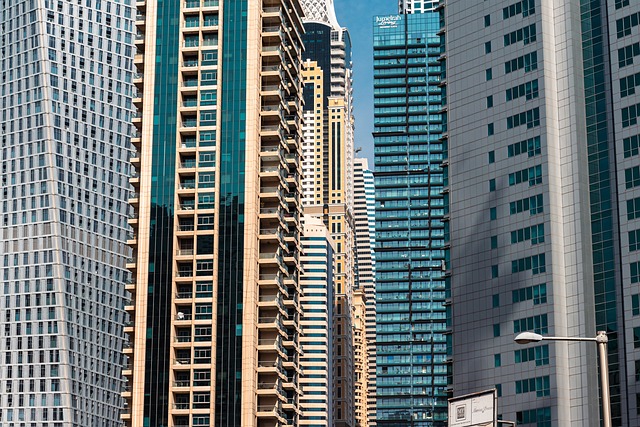
Navigating the competitive real estate market in Singapore presents a unique set of challenges for individuals looking to buy a second property. The city-state’s property landscape is characterised by limited land space, high demand, and stringent regulations designed to maintain housing affordability and stability. Prospective buyers must be well-informed about the latest trends and government policies, such as the Additional Buyer’s Stamp Duty (ABSD) and Loan-to-Value (LTV) limits, which impose additional costs and restrictions on property ownership for individuals who already own a residential property.
The market is also influenced by economic factors like interest rates and currency stability, which can affect both the cost of financing and the attractiveness of real estate as an investment. Competition is fierce, with both local and foreign investors eyeing prime locations and properties with potential for capital appreciation. As such, a strategic approach is essential when buying a second property in Singapore. This includes thorough market research, financial planning to meet the higher down payment requirements, and possibly seeking professional advice to navigate the complexities of this dynamic market. Prospective buyers must be prepared to act decisively, as desirable properties can attract multiple offers and may result in bidding wars. Understanding the nuances of Singapore’s real estate market is critical for anyone aiming to secure a second property successfully.
Evaluating Resale vs. New Property Purchases for a Second Home
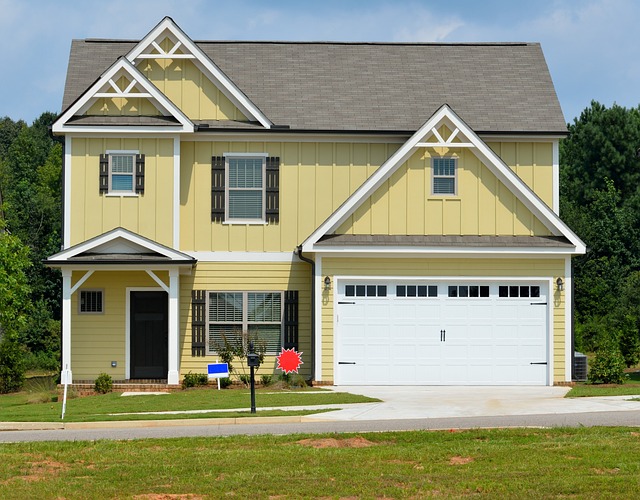
When considering the purchase of a second property in Singapore, one of the primary decisions to make is whether to invest in a resale or a new property. Both options come with their own set of advantages and considerations. Resale properties offer immediate access to established neighborhoods and mature estates, which can be appealing for those seeking a ready-to-move-in home with fewer wait times compared to new developments. These properties are often situated in locations where the infrastructure and community amenities are well-established, providing a sense of familiarity and convenience. On the other hand, purchasing a new property, whether from the developer directly or from the secondary market after its completion, may afford buyers the opportunity to select from a range of units, customize finishes, and potentially benefit from any increase in value over time as the development matures. New properties are also subject to the Additional Buyer’s Stamp Duty (ABSD) and the Total Debt Servicing Ratio (TDSR) regulations, which are designed to ensure responsible property investment and curb speculative behavior. Prospective buyers must weigh these factors against their personal preferences, financial situation, and long-term goals when deciding between a resale or new property for their second home in Singapore. The choice should be informed by a comprehensive understanding of the market trends, legal framework, and future plans for the property, as well as the potential for capital appreciation and rental yield. It’s crucial to conduct thorough research and consult with real estate professionals to navigate the complexities of this decision effectively.
Potential Rental Yields and Tenancy Considerations
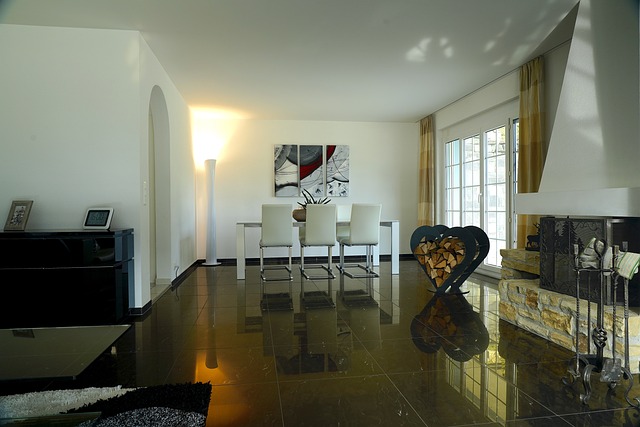
When considering the purchase of a second property in Singapore, investors often weigh the potential rental yields against the costs and responsibilities involved. Rental yields in Singapore can be attractive, with prime districts typically offering higher returns compared to global averages. Prospective landlords should evaluate the local rental market, understanding that yields can vary significantly by neighborhood and property type. For instance, properties in district 9 or 15 consistently show strong rental demand, reflecting both the lifestyle appeal of these areas and the premium rents they command.
In terms of tenancy considerations, it’s crucial to be aware of the various types of tenant occupancy available under Singaporean law: individual non-owner occupiers, serviced residence operators, or expatriates on short-term assignments. Each tenant type brings different implications regarding lease lengths and maintenance responsibilities. For example, serviced residences are managed by property managers who handle tenant relations and maintenance, offering a hands-off approach for owners. Conversely, individual tenants may require more direct management from the landlord. Additionally, short-term leases catering to expatriates can offer flexibility but might come with higher turnover and potential vacancy periods that need to be factored into financial planning. Understanding these dynamics is key to making informed decisions about your second property investment in Singapore.
Long-Term Investment Analysis and Risks Associated with Owning a Second Property
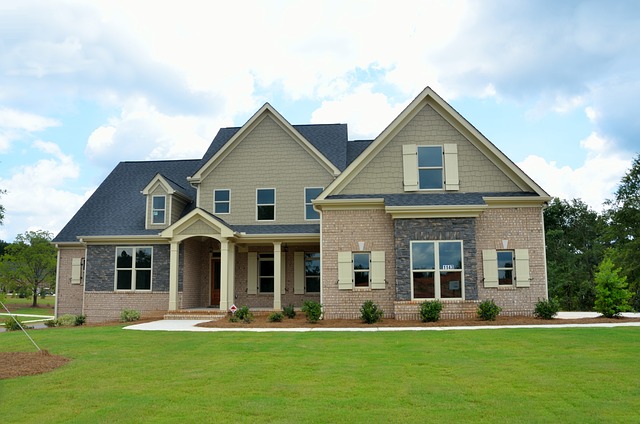
When considering the acquisition of a second property in Singapore, long-term investment analysis is paramount. The Singaporean property market has traditionally been resilient, with properties often appreciating in value over time. However, prospective investors must weigh various factors that influence the market’s performance and their individual investment’s trajectory. Factors such as economic stability, population growth, government policies on property ownership, and interest rates play significant roles in determining the long-term viability of a second property as an investment. The Total Debt Servicing Ratio (TDSR) framework and additional buyer’s stamp duty (ABSD) are examples of regulatory measures that impact an investor’s ability to finance and profit from real estate investments.
Moreover, owning a second property comes with inherent risks. Market volatility can lead to periods of stagnation or depreciation, affecting the return on investment. Additionally, the liquidity of property in Singapore can vary, potentially impacting an investor’s ability to sell the property when needed. Property owners must also stay informed about changes in housing policies and their implications for property taxes and rental yields. The potential for rental income should be evaluated against the opportunity cost of investing in other asset classes, as well as the costs associated with maintaining and managing the property. Prospective investors should conduct a thorough analysis, considering both the historical performance and future prospects of the property market, to ensure their second property aligns with their long-term financial goals.
